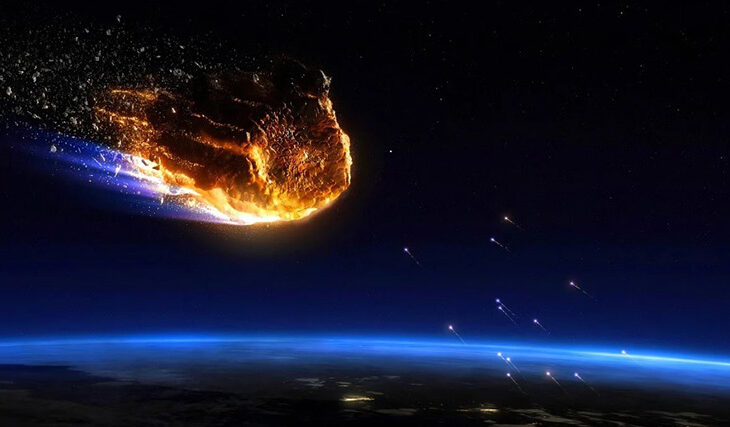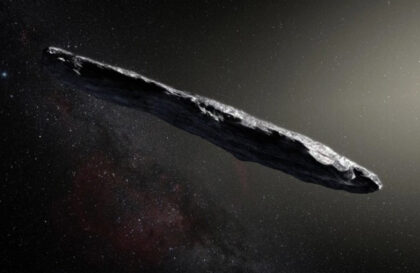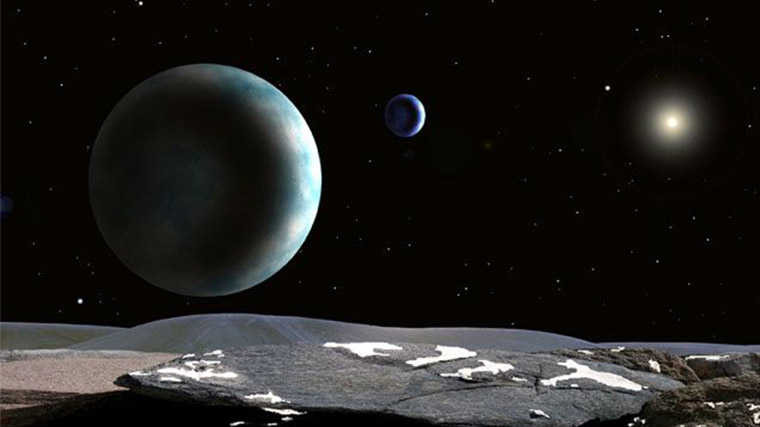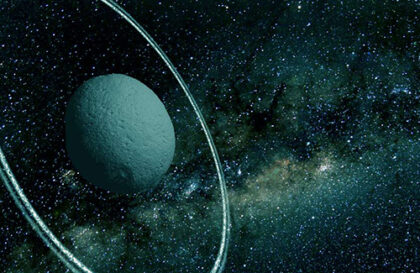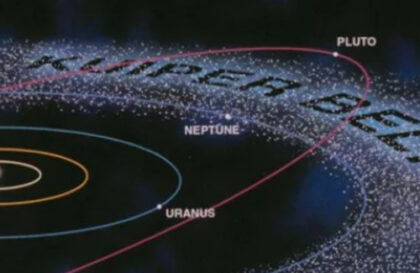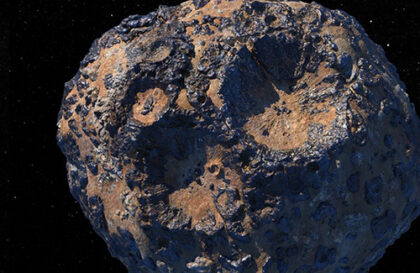Asteroid 2015 PDC is on a collision course with Earth. An asteroid with a diameter of 500 to 1,300 feet could crash into Earth in as little as seven years. What should we do?
Scientists solved this problem at a conference on planetary defense in April 2015.
Participants considered different methods of deflecting an asteroid to prevent a collision with Earth, considering the size of the asteroid, what it is made of, and where it might impact Earth.
Asteroid on the warpath
Scientists used available data to calculate where and when a fictional asteroid might hit. Areas at most significant risk spanned from Turkey to India, including densely populated areas such as Tehran, New Delhi, and Dhaka.
The fictional asteroid could fall in the middle of the ocean without causing much damage. On the other hand, an impact close to the coast could be catastrophic. For the sake of this study, the researchers assumed the worst: that the imaginary asteroid was heading toward the centers of densely populated cities.
Ion beam spacecraft
In this hypothetical scenario, the ion beam spacecraft reached the asteroid in 2.5 years, leaving only three years before a potential impact with Earth (1.5 years was spent in production and launch preparation). The asteroid has a diameter of approximately 820 feet (250 meters) and the density of an average asteroid (2 g/cm³). Given these conditions, completely changing the asteroid’s trajectory to avoid a collision with Earth seems impossible due to limited time. However, it may be possible to steer him onto a less destructive path.
In one of the worst-case scenarios, an asteroid threatens New Delhi, one of the world’s most populous cities. Researchers are looking for ways to minimize potential damage and casualties. Using an ion beam to deflect an asteroid is one strategy they are considering.
Diversion into rural Paktika province, Afghanistan: If the spacecraft has 22 months to operate, it could attempt to steer the asteroid into a rural area, greatly reducing the number of potential casualties and damage to infrastructure. This plan involves greater precision in targeting the ion beam and careful management of the process.
Diversion to Punjab Province, Pakistan: If the ship only has 15 months to operate, the goal would be to change the asteroid’s trajectory so that it would fall into a less populated and less developed region, such as Punjab Province in Pakistan. Although this area is more developed than the Afghan desert, it is still less populated than New Delhi, and the casualties will be significantly lower.
Both of these scenarios will require not only technical expertise and precision but also international discussion and cooperation. After all, deciding to deflect an asteroid into a certain region carries political and ethical consequences. Is it fair for India to deflect the asteroid away from New Delhi and send it over some densely populated areas of Pakistan and into the deserts of Afghanistan?
The researchers explored deflecting an asteroid using an ion beam in other hypothetical scenarios:
Within 13 months of the operation of the ion beam, an asteroid can be redirected from Dhaka to Myanmar, significantly reducing damage and casualties.
If the asteroid threatens Tehran, it is easier to deflect it due to the surrounding deserts, reducing the risks in just 1-2 months of ion beam operation.
But the question remains open:
How do we stop an asteroid from killing a bunch of people?
ARM robotic capture Option B, in which the robotic vehicle ascends from the surface of a large asteroid, on its way to a lunar distant retrograde orbit with a smaller asteroid mass. Credit: NASA
Scientists estimate that deflecting a fictitious asteroid with ion beams so that it avoids Earth altogether would require five ion-emitting spacecraft and would take 33 months. And to completely contain a 1,300-foot-wide asteroid would require 20 spacecraft. Building and launching that many spacecraft could become very expensive.
Additionally, the ions will travel about 19 miles per second, transferring their momentum to the asteroid as they crash into it, knocking it slightly off its expected path. This is a tiny force. The only way this power can work is if it is used for a very long period.
However, the team calculated that a hypothetical asteroid weighing about 20 million tons, subjected to a constant force equal to the weight of a strawberry over the course of about two years, could change course by hundreds of miles.
NASA’s Asteroid Redirection Mission will test a 40 kW ion thruster.
A strategy for colliding a spacecraft with an asteroid to change its trajectory
This method involves launching a spacecraft that will head towards and collide with the asteroid, transferring some of its momentum to it, which can change the asteroid’s trajectory so that it passes Earth.
In September 2022, NASA’s DART mission attracted attention by successfully colliding with Dimorphos, a moon of the asteroid Didymos. This controlled impact changed the orbit of Dimorphos, ushering in a new era of protecting humanity from cosmic threats.
Nuclear Deflection
The idea of a nuclear explosion from an approaching asteroid, popular in movies and even discussed by NASA, is controversial. The Outer Space Treaty prohibits the use of nuclear weapons in space, and shrapnel from an asteroid explosion can cause serious damage. Space dynamics researcher Claudio Bombardelli at the Technical University of Madrid argues that nuclear deflection should only be used as a last resort when all other options have failed.
Other options
Gravity Tractor: A spacecraft that flies near an asteroid for a long time can exert a gravitational effect on it, slowly changing its trajectory.
- Laser irradiation: Directing laser light at the surface of an asteroid can cause material to evaporate, creating thrust that will change the asteroid’s trajectory.
- Mounting thrusters on an asteroid: Theoretically, it is possible to attach a thruster to an asteroid, which will slowly change its course.
All of these methods require careful study and testing and also depend on many factors, such as the size of the asteroid, its composition, speed and trajectory, and the time remaining before a potential impact.
In such a situation, the goal would be to minimize potential impact damage by choosing a safer path for the asteroid. Possible strategies may include:
- Partial trajectory change: Use the spacecraft’s capabilities to deflect the asteroid at least slightly. Even a small change in trajectory could cause the asteroid to impact in a less populated or less vulnerable region.
- Asteroid Fragmentation: If it is possible to break the asteroid into smaller pieces, this can reduce the damage from the impact. Smaller fragments may burn up in the atmosphere or fall in a less destructive form.
- Using the latest technology: Depending on the available technology, you can use more advanced methods, such as high-power laser irradiation or a nuclear explosion, to change the trajectory or fragment the asteroid.
- Preparedness on Earth: In parallel with attempts to alter the asteroid’s trajectory, it is important to prepare emergency response plans on Earth, including the evacuation of potentially affected regions and measures to mitigate the consequences of the impact.
Banner image: Wikimedia (public source) / Flickr / Author: State Farm
Image credit:
https://commons.wikimedia.org
https://spacenews.com
